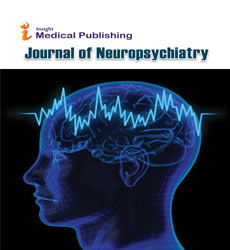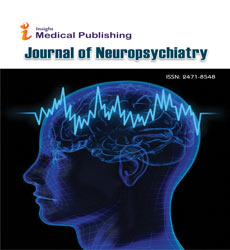Oxytocin Modulates a Brain Circuit to Decrease Anxiety Symptoms
Rodrigo Triana Del Rio
Abstract
Anxiety outcomes include the generalization of threat or fear responses. Animal models help to discover the neuronal mechanism and effect of pharmacological targets. In rodents, different defensive behaviors can be expressed when facing danger: passive responses (freezing) or active responses such as escape from the threat (active avoidance). In a previous translational study we had shown how in humans bilateral damage of the basolateral amygdala (BLA) affects active avoidance to imminent threat by modeling this damage in rats with chemogenetical inhibition of the corresponding BLA region during the expression of this active avoidance. We had found that its expression requires BLA activation of oxytocin sensitive neurons in the central amygdala (CeA) that inhibit the freezing response (Terburg et al., Cell, 2018). In the current project, we addressed the question to what extent activation of this pathway is also required during the acquisition of the active avoidance learning. Interestingly, we had found two groups of rats that showed opposite defensive behaviors: high avoiders (HA) successfully acquired active avoidance (AA) of the imminent threat in the Threat-and-Escape Test (TET), whereas low avoiders (LA) did not. To assess whether the BLA-CeA projection was important for acquisition we therefore first developed criteria to categorize the two populations of rats. We observed that the success to learn avoidance of the imminent threat is correlated with low levels of anxiety, higher social interest and group housing. We also correlated the two behavioral populations with a resting state fMRI phenotype that defines differences in the BOLD activation and functional connectivity of amygdala with the Prelimbic cortex (PL). With the use of an OTR Cre+ line rats chemogenetic inhibition or pharmacological inhibition of OTR+ neurons with oxytocin receptor antagonist in the CeA shows that their activation is necessary to decrease freezing levels and allow AA learning in the TET task. Similarly, pharmacological activation of CeA OTR+ neurons rescued AA in animals whose BLA was down-regulated chemogenetically, reflecting the relevance of OTR signaling for switching between freezing and escape behavior. These data support the necessity of oxytocin signaling in the CeA and PL to modulate the plasticity of a circuit during acquisition of avoidance behavior of imminent threats.

Open Access Journals
- Aquaculture & Veterinary Science
- Chemistry & Chemical Sciences
- Clinical Sciences
- Engineering
- General Science
- Genetics & Molecular Biology
- Health Care & Nursing
- Immunology & Microbiology
- Materials Science
- Mathematics & Physics
- Medical Sciences
- Neurology & Psychiatry
- Oncology & Cancer Science
- Pharmaceutical Sciences
